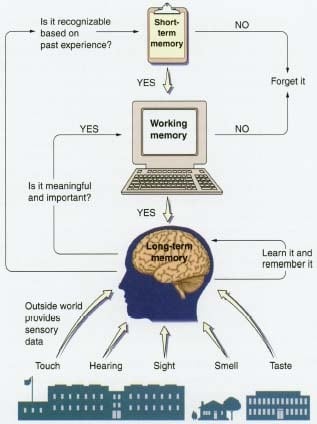
Right now we have two possibly complementary approaches being discussed on this blog; which I will call Doing Useful Things and Satisfying NFMA Requirements (Andy’s KISS approach). Adaptive Governance probably falls in the former category.
I am sold on the concept of some form of adaptive governance, and so would like to explore some questions around “how would it work?” This post is about the structure.
When we think of adaptive governance, we may be thinking of something informal, as Dave described in his recent comment
Many years ago on the Boise NF we got a forest planning group of collaborators together for a one-time meeting to set a stage for followup meetings. The Boise NF sup told the various groups that if they (as an independent/interdependent group) called subsequent meetings, then the FS would most-likely attend. He also told them that if any consensus were to develop (across a very wide distribution of interest groups, state and local gov interests, etc.) that the FS would find it hard to do something other than try to follow the lead of the group. The Sup. also made the forest plan ID team available to the group.
I immediately thought of more formal approaches, such as the FACA committee approach, used in RACs, the Black Hills National Forest Advisory Committee, the RACNAC and so on (in my post here). Then there are the Cooperators committees, who work on forest plans, who are elected officials and other government folks. Easier to organize, but not so broad-based. If formal collaboration is important, perhaps it would be useful to streamline the process to develop FACA committees. At least in the past, committee members had to be reviewed by the Administration (the Office of White House Liaison). FACA committees can either be long term (BHNFAB) or for a particular purpose (RACNAC).
Another interesting approach, possibly better for a particular one-time purpose, was the approach of the Colorado Roadless Taskforce. It was developed by state legislation
(4) The task force shall consist of:
(a) The executive director of the department of natural resources or the executive director’s designee, who shall convene and chair the task force and who is authorized to contract with a mediator or other third party to facilitate accomplishment of the task force’s duties;
(b) Four members appointed by the governor;
(c) Two members appointed by the speaker of the house of representatives;
(d) Two members appointed by the president of the senate;
(e) One member appointed by the chair of the house agriculture, livestock, and natural resources committee;
(f) One member appointed by the chair of the senate agriculture, natural resources, and energy committee; and
(g) Two members appointed by mutual agreement and consent of the governor, the speaker of the house of representatives, and the president of the senate.
Of course, this approach is only bipartisan as long as the House, Senate and Governor are somehow split between the parties. If that were not the case, the concept could be tweaked to have one person determined by the majority lead and the minority lead for each category. What I thought was interesting were the people who needed to be agreed upon cross parties- what does it take to be recognized across interests as having a valuable perspective? Whatever that is, we probably need more of it, in our sometimes unnecessarily partisan world. This approach was not as formal about the different interests to be represented as some of the FACA committees (one of this interest group and one of that interest group), but through coordination most of the important interests were represented. Another interesting things is that it is an expressly political approach; it’s not by interest, or by scientific discipline.
This was a state-wide deliberative body, and many of the folks are still working together on various issues- as they were before the Taskforce. So the relational piece is there, possibly to a greater extent than a national advisory group.
As Lynn said in her comment here, I think working on explicitly characterizing and understanding the relationships between local and state governments as part of the planning process is important, especially if we are to make good on some kind of “all lands approach.”
So the above are groups developing and implementing plans and policies. As Lynn says in her post here, there may also be a need for a mediation group to take disagreements with those plans and policies before litigation. I like her idea of the Federal Reserve Board as a model.
What other structures have you seen? How have they worked?

